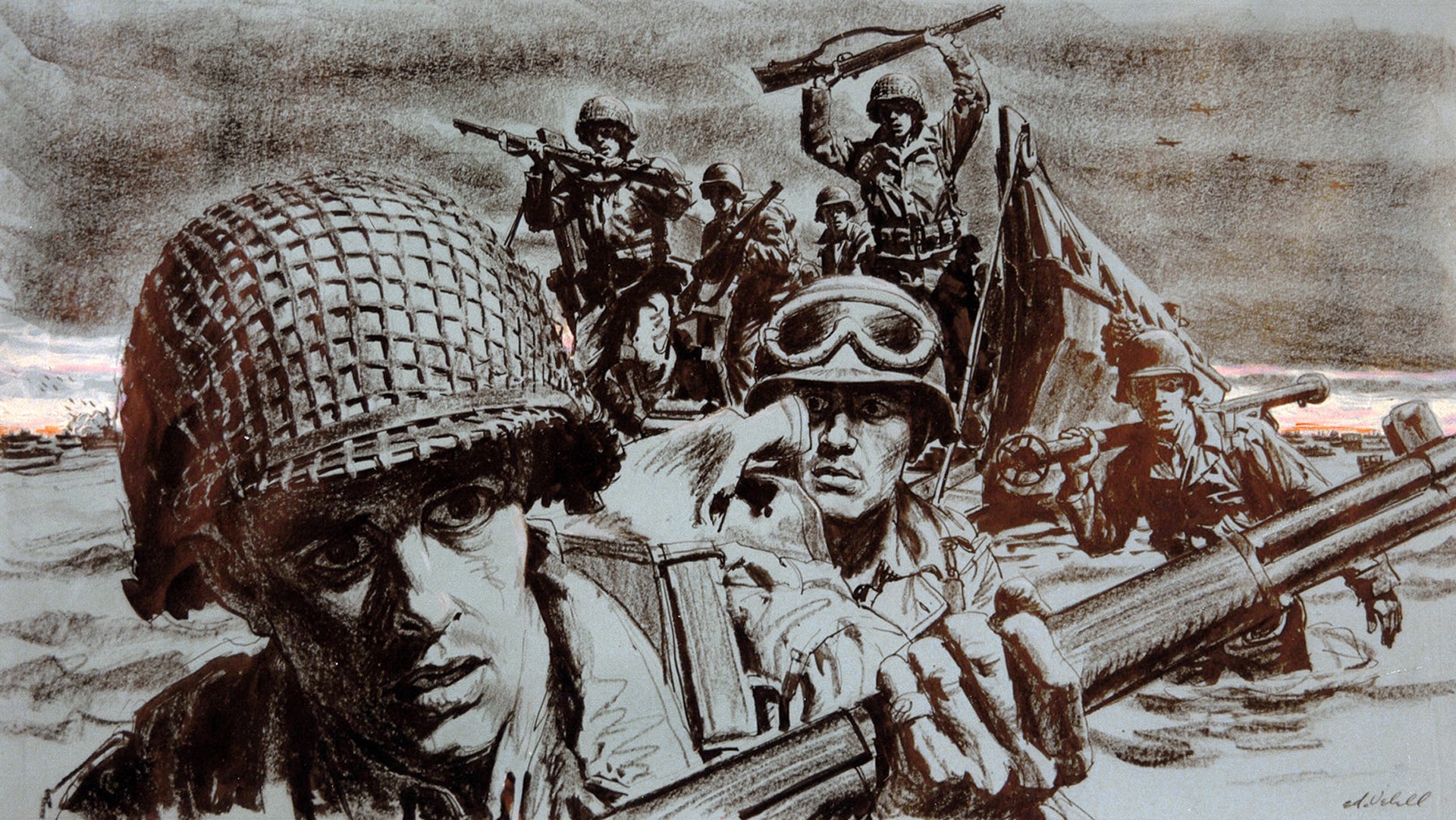The below is from the article:
According to the U.S. military, “D-Day” was an Army designation used to indicate the start date for specific field operations. In this case, the “D” in D-Day doesn’t actually stand for anything—it’s merely an alliterative placeholder used to designate a particular day on the calendar.
Did I misread something, or does it not mean anything?
It’s a placeholder for the day in planning. So D-Day +7 is a week after the operation starts.
H is used for Hour as well
Helps keep plans secret as only those in the know are aware what D and H mean
T is used when you need a time not necessarily in hours. Countdowns for space launches are probably the most known example.
It’s convenient because the schedule is entirely relative to the launch moment and that moment may be changed based on weather.
I didn’t know that either, thanks
Also the day of the landing depended on weather conditions and the tides.
So not even Eisenhower knew the day it would happen until a few days before. D-Day could’ve been a month later than it was depending on weather conditions.
It’s kinda like Agile for military guys. They get their planners to tell them how long it will take achieve objectives, then decide later which sprint they should start the project.
Based on that plan, they know certain things have to be in place at D-2 or D+3 or whatever. Makes it easier to fill in the dates when the value of “D” has been decided.
This even follows over in the French military. They use J-Jour (d-day)




